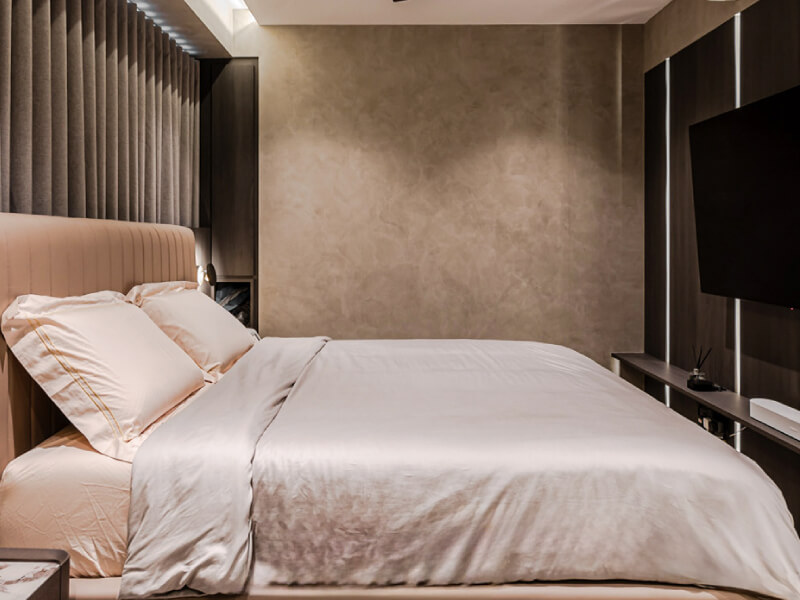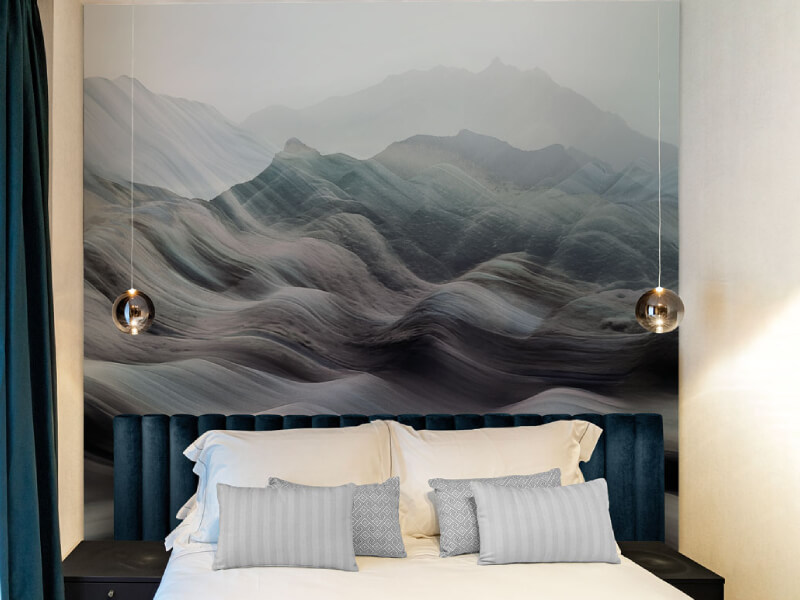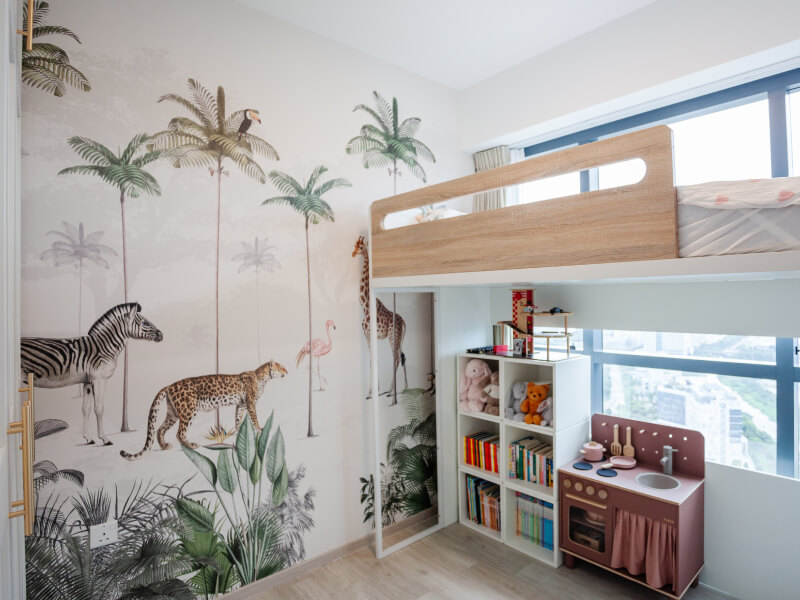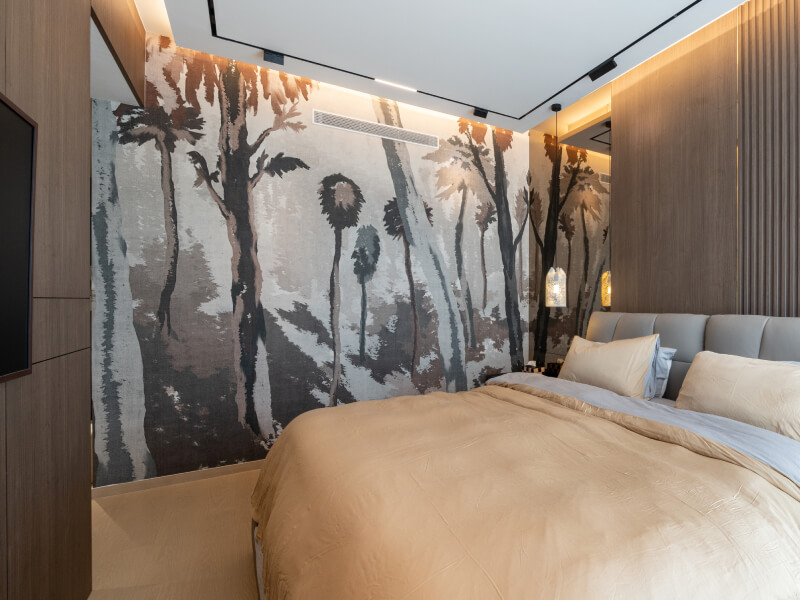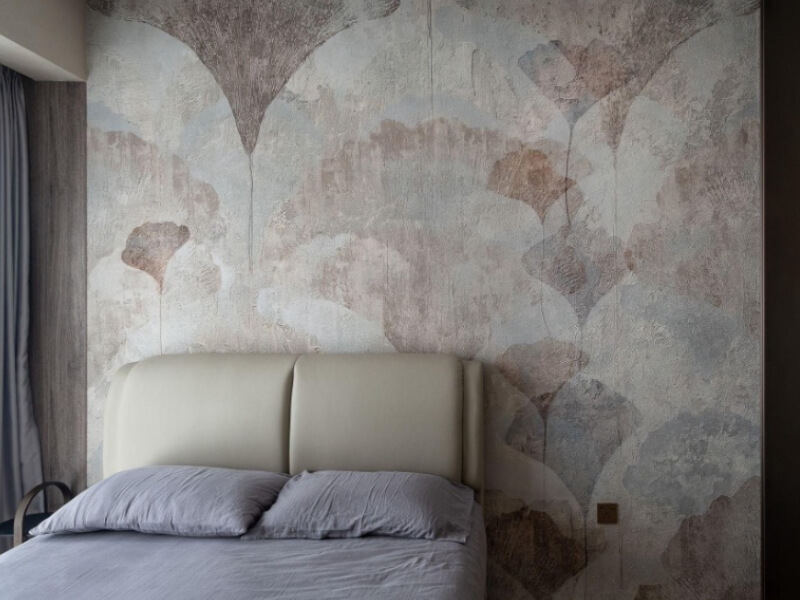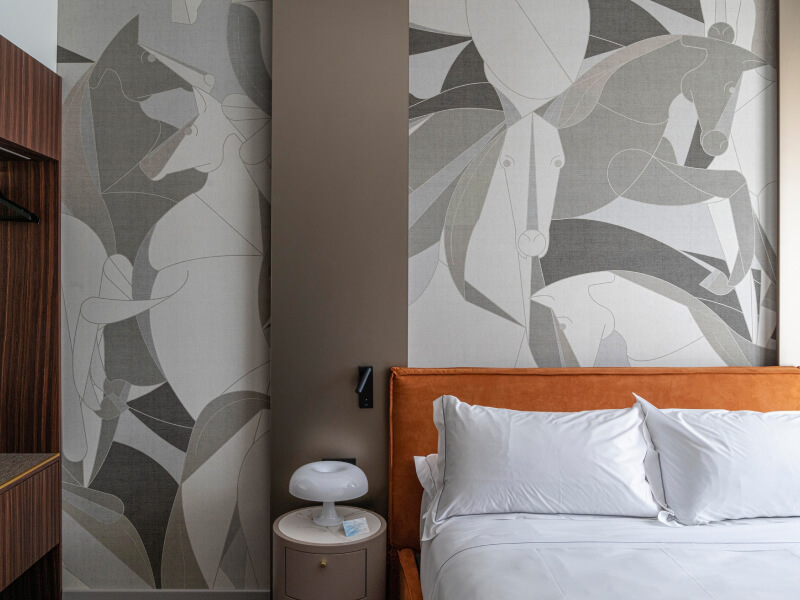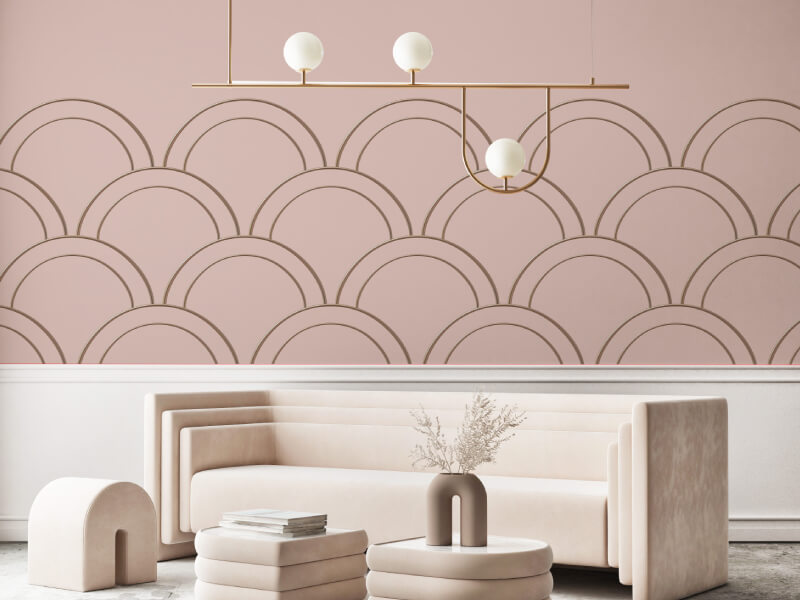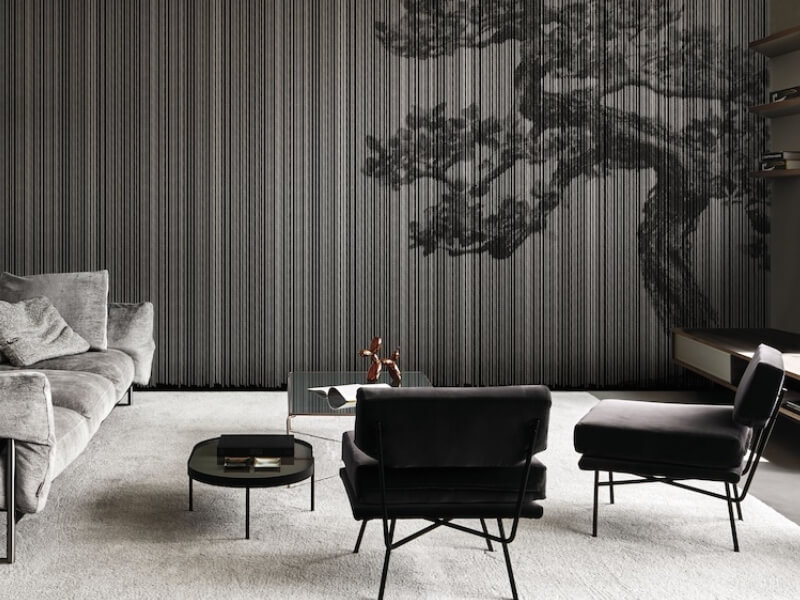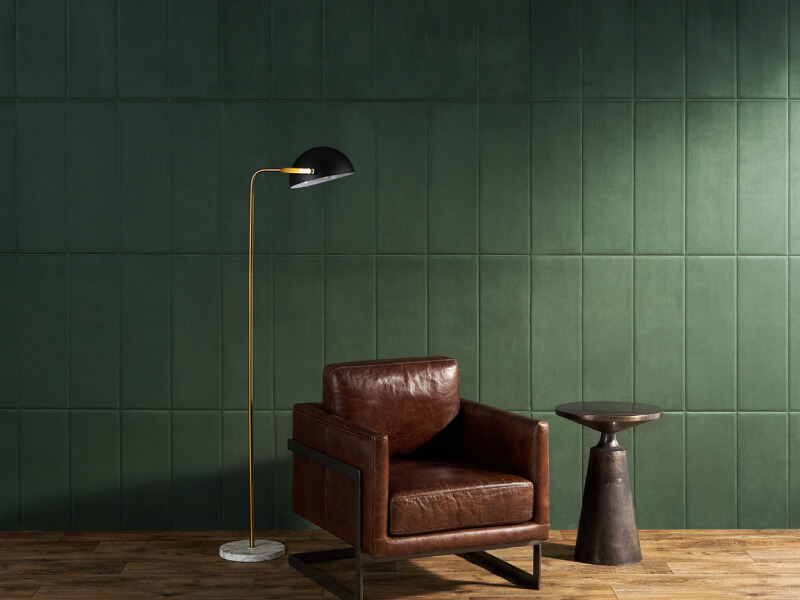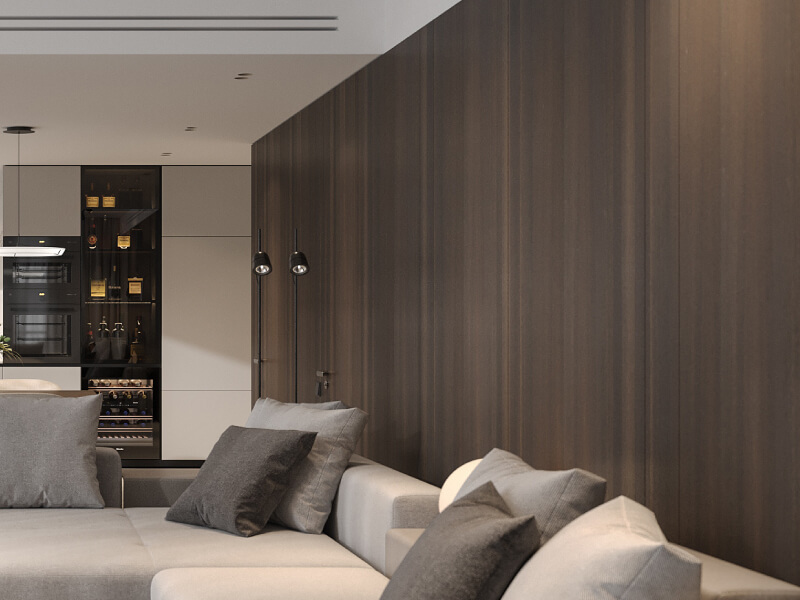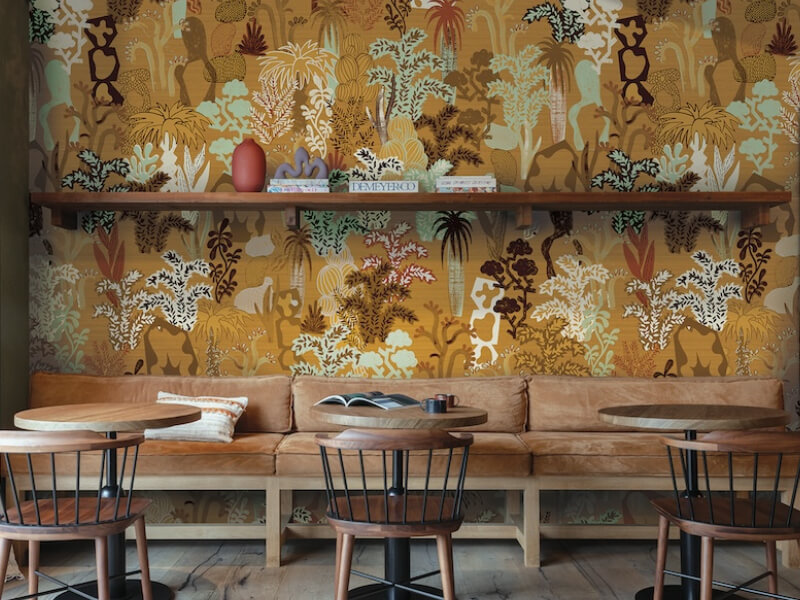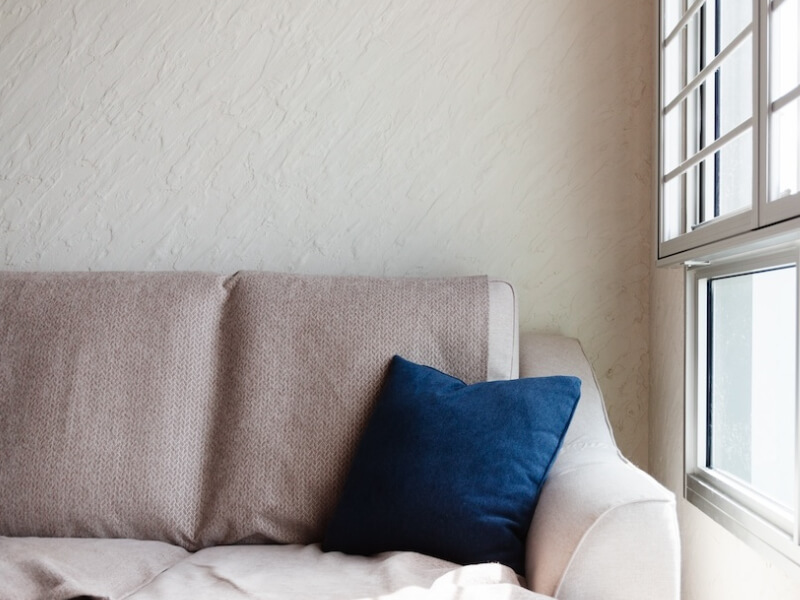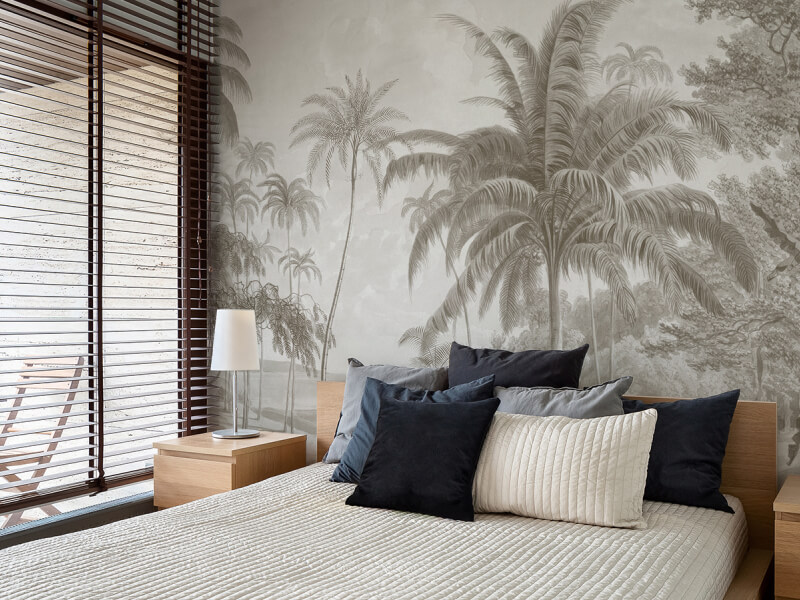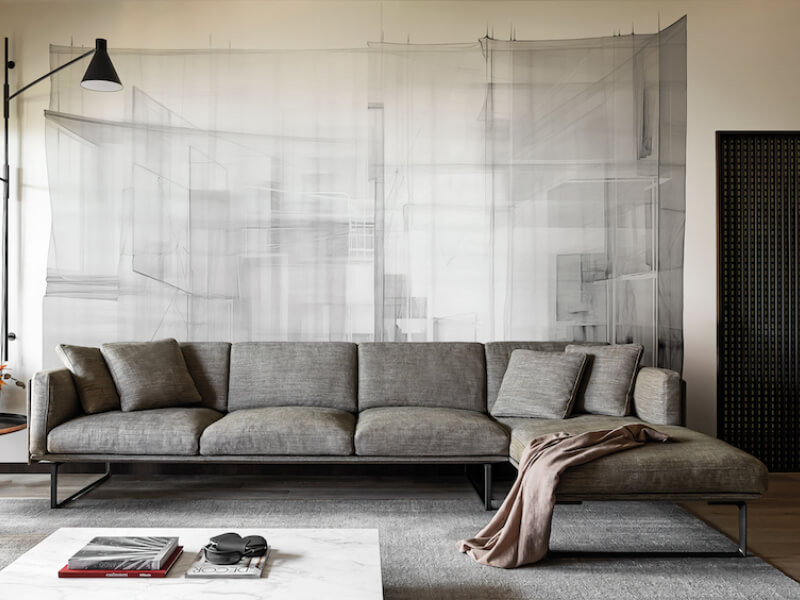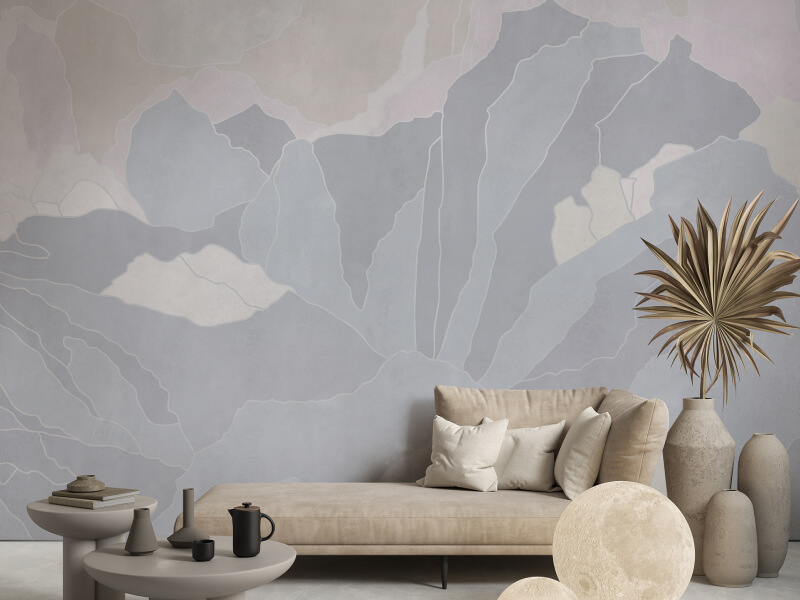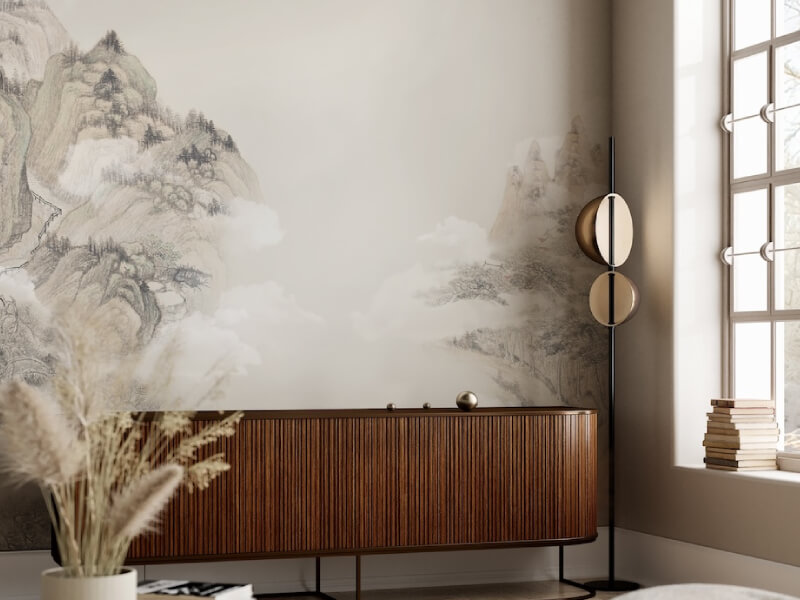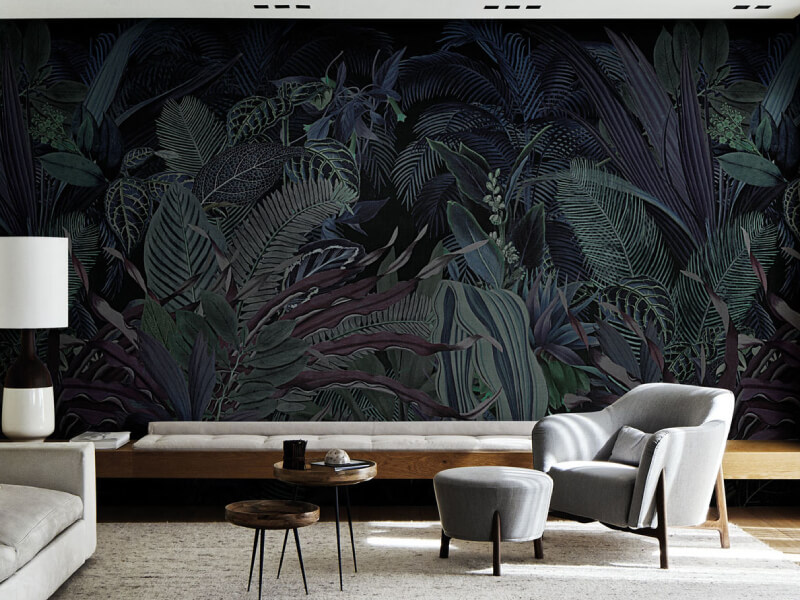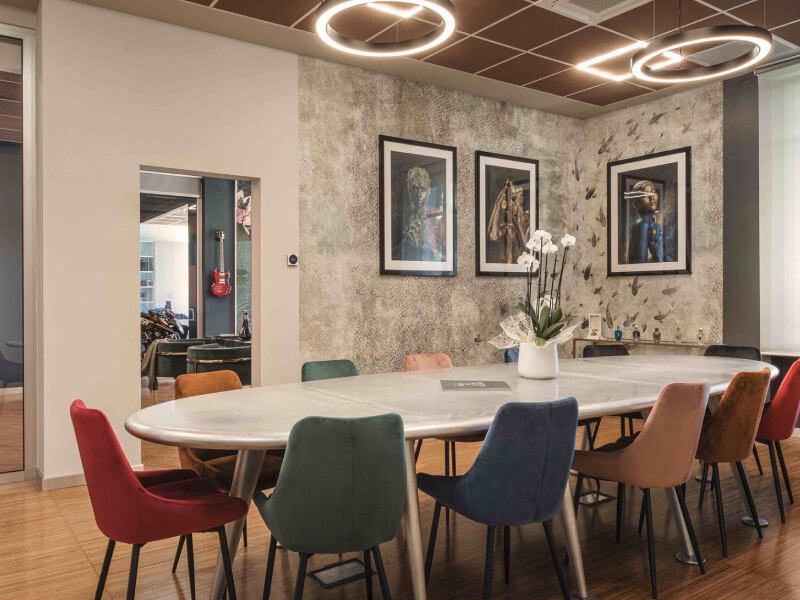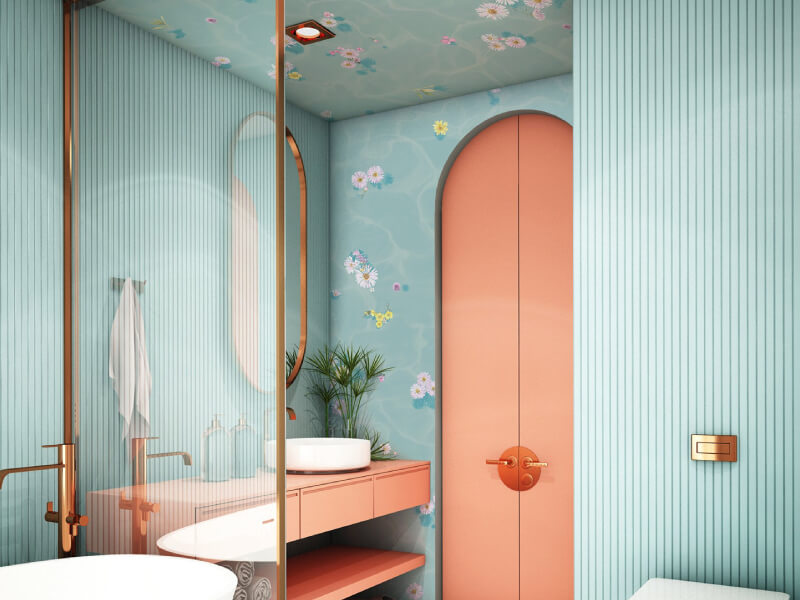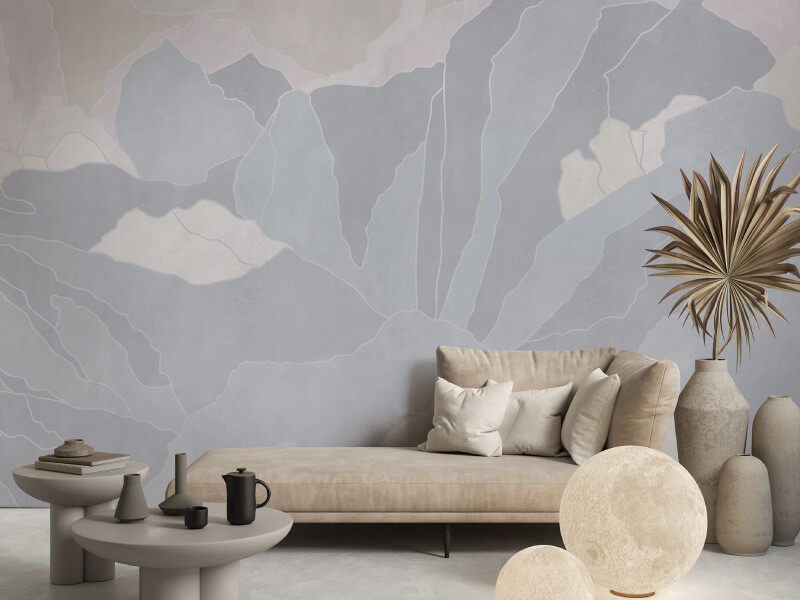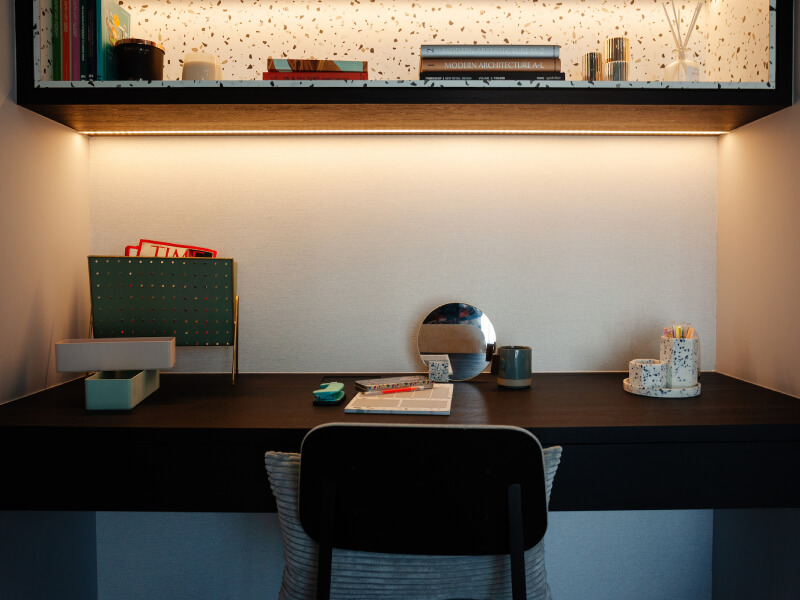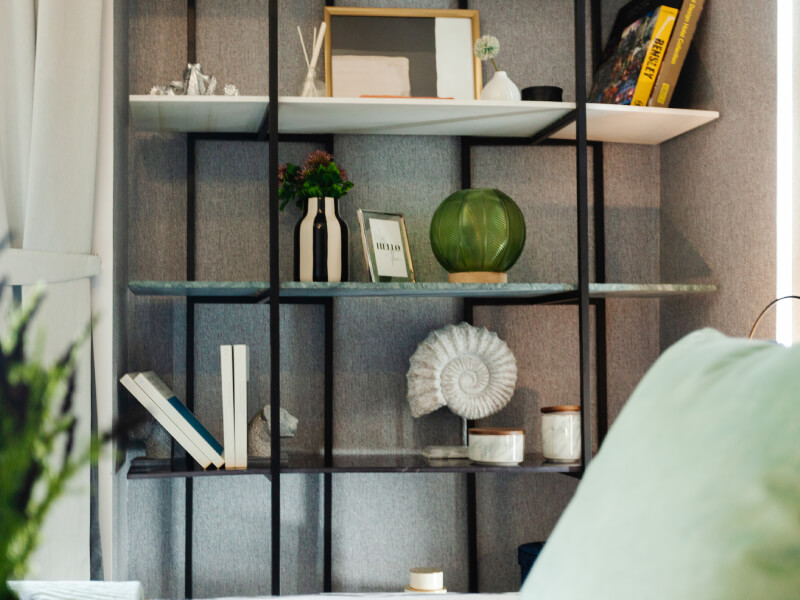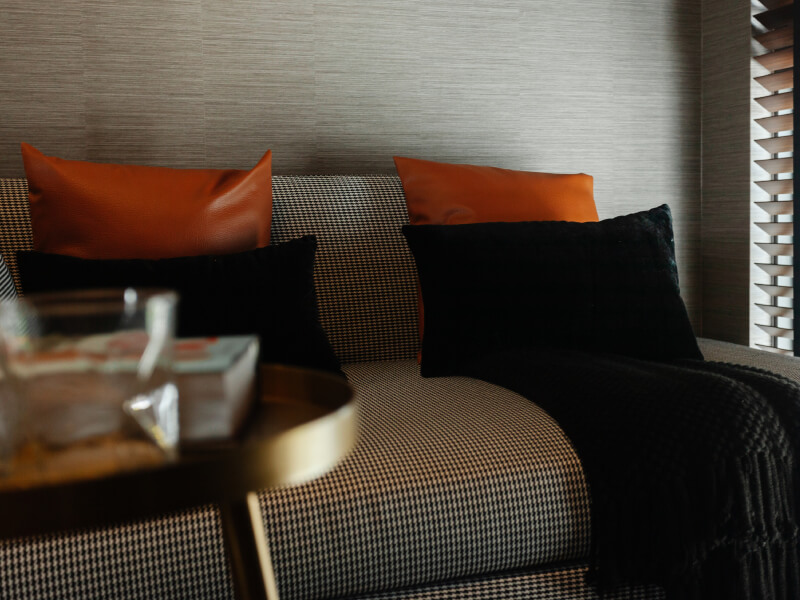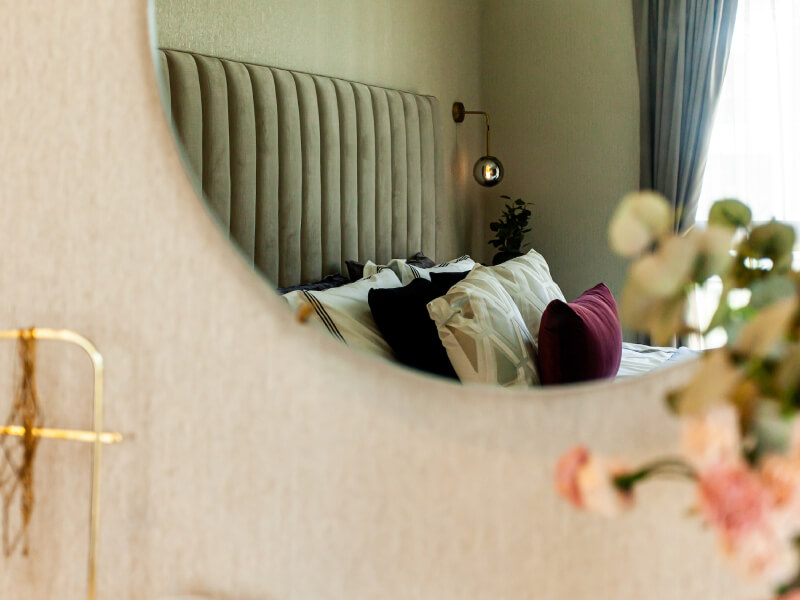Your bedroom is more than just a place to sleep; it’s a personal sanctuary where you can unwind, recharge, and find peace. The design and decor of a bedroom have a significant impact on its atmosphere, and one of the most important elements to consider is the colour of the walls. Wallpaper suppliers in Singapore, provide a myriad of wallpaper patterns, textures, and colours – perfect for transforming bedrooms into calming retreats. The right wallpaper colour can evoke a sense of serenity, helping you relax and destress after a long day.
If you’re looking to create a peaceful environment in your bedroom, here are some of the best wallpaper colours to consider.
1. Soft blues
Soft, muted shades of blue are often the go-to choice for a relaxing bedroom. Blue is universally recognized as a calming colour, associated with the sky and water, and it has been shown to lower blood pressure and heart rate, encouraging relaxation. When it comes to choosing the right blue for your bedroom wallpaper, think of lighter shades like powder blue, baby blue, or pale aqua. These colours can make your room feel airy and spacious, perfect for winding down before bed. Avoid vibrant or electric blues, as they can be overly stimulating for a peaceful space.
Consider adding subtle patterns to your blue wallpaper, such as delicate stripes or small-scale geometric designs, to create visual interest while maintaining a soothing vibe.
2. Muted greens
Green is another excellent choice for bedroom wallpaper, particularly in soft, muted tones like sage, mint, or olive. Green is associated with nature, growth, and renewal, making it an ideal colour for creating a restful and harmonious environment. A pale green wallpaper can help foster a sense of balance and tranquillity in your space, while darker greens can add a touch of elegance without overwhelming the room.
Pairing green wallpaper with natural wood furniture and leafy plants can enhance the room’s connection to nature, further promoting relaxation and a feeling of grounding.
3. Warm neutrals
Neutral colours and interior designs such as beige, cream, and taupe are popular for their versatility and ability to complement a wide range of decor styles. Warm neutrals, in particular, can create a cosy and inviting atmosphere in the bedroom. These colours are unobtrusive and soft, allowing you to relax without distraction.
Choose wallpaper with subtle textures, such as linen-like patterns or gentle gradients, to add depth and dimension to the walls without sacrificing the calming effect. Warm neutrals can also act as a perfect backdrop for other design elements in your bedroom, such as soft textiles, warm lighting, and natural materials.
4. Lavender and light purples
Lavender and other light purple tones can introduce a sense of calm and luxury to a bedroom. Purple is often associated with royalty and creativity, but in its softer shades, it becomes a soothing colour that promotes relaxation and emotional balance. Light purples like lavender or lilac can make your bedroom feel more serene while adding a touch of personality and charm.
Pairing lavender wallpaper with white or light grey accents can keep the room from feeling too feminine or overwhelming, creating a balanced and peaceful environment that appeals to a wide range of tastes.
5. Soft greys
Gray is often seen as a neutral, sophisticated colour, and when used in the right shade, it can be incredibly calming. Soft, warm greys, in particular, are excellent for creating a peaceful bedroom environment. These shades are neither too cool nor too warm, offering a balanced backdrop that can help you relax.
A light grey wallpaper with a subtle texture or a barely-there pattern can add a touch of modern elegance to your bedroom while maintaining a sense of tranquillity. Avoid darker or overly cool greys, as they can make a space feel gloomy rather than soothing.
6. Pale pinks
While pink may not be the first colour that comes to mind when thinking of a relaxing bedroom, pale and dusty pinks can create a soft and calming atmosphere. These shades evoke feelings of warmth, love, and comfort, making them perfect for a restful retreat. Soft pink wallpaper, particularly when paired with warm lighting and natural textures, can make your bedroom feel cosy without being too overwhelming or overly feminine.
Look for wallpapers in blush or rose tones with understated patterns or textures for a subtle yet soothing effect.
Conclusion
When choosing wallpaper for a relaxing bedroom environment, it’s important to focus on colours that promote peace, tranquillity, and comfort. Soft blues, muted greens, warm neutrals, and pale purples are excellent choices that can help create a serene space for rest and relaxation. Earthy tones, pale pinks, and soft greys can also work wonders in transforming your bedroom into a calming retreat. Remember to choose patterns and textures that enhance the overall peaceful ambience, and balance your colour choices with the rest of your bedroom decor to create a harmonious and restful space.
